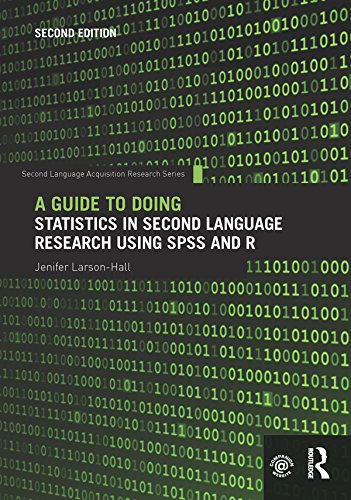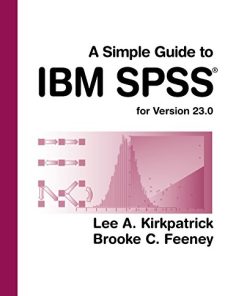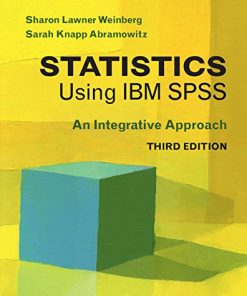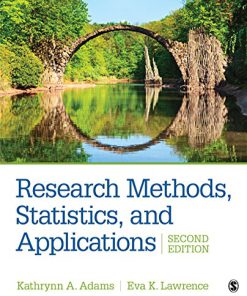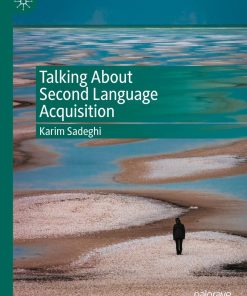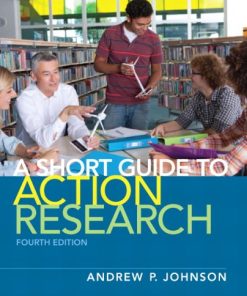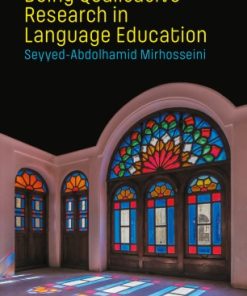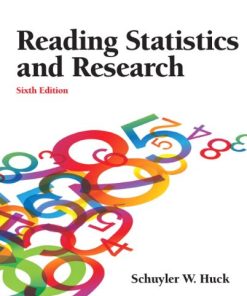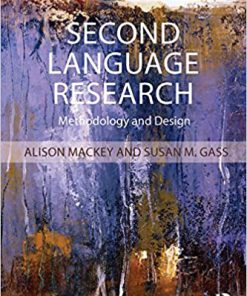A Guide to Doing Statistics in Second Language Research Using SPSS and R (Second Language Acquisition Research Series) – Ebook PDF Version
$50.00 Original price was: $50.00.$25.00Current price is: $25.00.
A Guide to Doing Statistics in Second Language Research Using SPSS and R (Second Language Acquisition Research Series) – Ebook PDF Version – Digital Instant Dowload.
A Guide to Doing Statistics in Second Language Research Using SPSS and R (Second Language Acquisition Research Series) – Ebook PDF Version – Digital Instant Dowload.
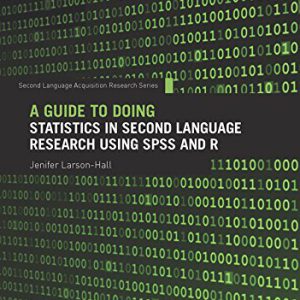
Product details:
- ISBN-10 : 1138024570
- ISBN-13 : 978-1138024571
- Author: Jenifer Larson-Hall (Author)
A Guide to Doing Statistics in Second Language Research Using SPSS and R, Second Edition is the only text available that demonstrates how to use SPSS and R as specifically related to applied linguistics and SLA research. This new edition is up-to-date with the most recent version of the SPSS software and now also includes coverage of R, a software program increasingly used by researchers in this field. Supported by a number of pedagogical features, including tip boxes and practice activities, and a wealth of screenshots, this book takes readers through each step of performing and understanding statistical research, covering the most commonly used tests in second language research, including t-tests, correlation, and ANOVA. A robust accompanying website covers additional tests of interest to students and researchers, taking them step-by-step through carrying out these tests themselves. In this comprehensive and hands-on volume, Jenifer Larson-Hall equips readers with a thorough understanding and the practical skills necessary to conducting and interpreting statisical research effectively using SPSS and R, ideal for graduate students and researchers in SLA, social sciences, and applied lingustics.
Table contents:
Part I: Statistical Ideas
1. Getting Started with the Software and Using the Computer for Experimental Details
2. Some Preliminaries to Understanding Statistics
3. Describing Data Numerically and Graphically and Assessing Assumptions for Parametric Tests
4. Changing the Way We Do Statistics: The New Statistics
Part II: Statistical Tests 5. Choosing a Statistical Test
6. Finding Relationships Using Correlation: Age of Learning
7. Looking for Groups of Explanatory Variables through Multiple Regression: Predicting Important Factors in First-Grade Reading
8. Looking for Differences between Two Means with T-Tests: Think-Aloud Methodology and Teaching Sarcasm
9. Looking for Group Differences with a One-Way Analysis of Variance (ANOVA): Effects of Planning Time
10. Looking for Group Differences with Factorial Analysis of Variance (ANOVA) When There is More than One Independent Variable: Learning with Music
11. Looking for Group Differences when the Same People Are Tested More than Once: Repeated-Measures ANOVA with Wug Tests and Instruction on French Gender Appendix: Donig Things in R Glossary Bibliography
You may also like…
Languages - General & Miscellaneous Languages - Reference
Talking About Second Language Acquisition 1st edition by Karim Sadeghi 3030997588 9783030997588
Uncategorized
Education Studies & Teaching - School Education & Teaching
Doing Qualitative Research in Language Education 1st Edition Seyyed-Abdolhamid Mirhosseini
Uncategorized
Uncategorized


